Mad Max: Fury Road is a masterclass in how to make an action movie. Anarchic, over-the-top, wildly ambitious, aesthetically insane and absorbing from first frame to last, it’s a post-apocalyptic masterpiece that hits you like a runaway train. But even as the visuals more than live up to the adjectives of the title, with cacophonous, vividly rendered battle sequences that outdo perhaps any road movie in history, it’s also a savagely intelligent watch, packed with fascinatingly complicated characters, a fierce feminist thrust, an unusually well-realized setting and a deceptively simple narrative that just plain works on every level.
Audiences should be advised, however, that Mad Max is not the movie they might think it is – instead, it’s an infinitely better one. This isn’t a direct sequel to the Mel Gibson-led predecessors, nor is it really Max’s movie. Yes, the Road Warrior plays a central role, and he’s brought to life by the incomparable Tom Hardy in a note-perfect performance that fully captures the character’s Man With No Name mystique and tortured soul – but Fury Road belongs not truly to the Mad, as the marketing has stated, but to Charlize Theron’s Imperator Furiosa.
What makes Mad Max such a knockout? The visuals are unparalleled, the directorial verve on display is jaw-dropping and the pace is so accelerated that the entire film feels frozen in the motion of coming off the rails – but what really drives the brilliance of director George Miller home is his willingness to craft his narrative not around that familiar character but around one of the most beautifully badass, fully formed female action heroes of all time.
Furiosa is no object of the male gaze – like Lisbeth Salander before her, she radiates a hard-worn strength and tenacity that, much more than her gender, becomes her defining characteristic. She brawls, teeth bared, in the hot desert sand; she wears black engine grease smeared across her face like war paint; she handles a War Rig with incredible skill; she spearheads the efforts of a group of women to liberate themselves from an oppressive monster – everything about Furiosa is derivative of her fortitude and faculty, and that’s what makes her such a great character.
Of course, Max and Furiosa don’t waste time with introductions – everything we learn about them comes on the Fury Road, as the pair work together, reluctantly, to evade tyrant Immortan Joe and transport his unwilling concubine to apparent freedom in the Green Place, the oasis from which Furiosa was abducted as a child.
Fury Road hits the ground running and doesn’t let up – it’s a chase sequence that stretches out over two hours but is never exhausting, only exhilarating. Miller lets his freak flag fly in earnest, from an inexplicable flamethrower guitarist who presides over the proceedings with manic enthusiasm to his creation of a race of pasty, fanatical Warboys who want nothing more than to die in battle so they can ride with Joe “eternal, on the highways of Valhalla.” It’s all resolutely mad and mesmerizing in the extreme.
The dust has settled on Mad Max, and it’s fairly certain that the film will be rightly remembered as one of the best action movies ever made. Each shot is composed so lovingly that the movie’s embraced absurdity takes on a startling emotional weight, and the characters stick in your mind as beautifully crafted, believable denizens of Miller’s fever-dream dystopia. The movie isn’t for everyone, and some will be too weirded out by the grotesqueries of post-apocalyptic reality to tolerate it, but for the right audiences, Fury Road is pure cinematic adrenaline.
On Blu-Ray, Warner Bros.’ 1080p presentation doesn’t waver for a second, fully doing justice to the gorgeous, museum-worthy visual splendor of Fury Road. Explosions roil the screen so vividly you could swear you feel their heat on your skin, the colors pop with a vibrancy that may be unmatched at the multiplex this year, and the Blu-Ray presentation renders their textures so complexly that you could lose yourself in a single freeze-frame. The costuming, the editing, the effects, the tricked-out machinery, the desolate debris of the desert – it’s all jaw-dropping to behold, on the most high-definition platform available.
The Dolby Atmos sound mix (technically known as a Dolby TrueHD 7.1 surround), simply put, is an all-time favorite of mine. Fury Road is one of the best-sounding action movies out there, between Junkie XL’s truly immersive and intense score and the totally absorbing maelstrom of sound and fury that takes place throughout the entire movies. Metal clanging on metal, engines roaring, screams echoing through open desert – it’s so stimulating for the senses that you may find your ears ringing long after the credits have rolled. Dialogue is usually clear enough to make out, and any instances when it gets buried beneath the background sound effects are entirely intentional. This is a killer audio release.
The special features include:
- Maximum Fury: Filming Fury Road (29 minutes)
- Fury on Four Wheels (23 minutes)
- The Road Warriors: Max and Furiosa (11 minutes)
- The Tools of the Wasteland (14 minutes)
- The Five Wives: So Shiny, So Chrome (11 minutes)
- Deleted Scenes (4 minutes)
- Crash & Smash (4 minutes)
There’s no long called-for director’s commentary track here, which is a bit of a shame, but “Maximum Fury” is a great making-of mini-doc that goes through the film’s difficult development process and arduous shoot, complete with a focus on the intensity of mounting so many practical effects. Miller is an out-and-out visionary – the movie is proof of that – but the extras clearly mark him as someone who went into the production with a vision and made sure it was realized at its fullest, no matter the turmoil on-set. “Fury on Four Wheels” dives headfirst into the cars and assorted vehicles of the film, looking at how the individuals tasked with designing such a diverse assortment of post-apocalyptic rigs worked to give each vehicle its own distinct personality and touch of madness.
“The Road Warriors” takes a look at the characterization of the two leads and how the actors worked to flesh their heroes out as fully formed beings. Lots of praise for Miller there too – the actors clearly both worship him, despite what both acknowledged to be one of the toughest shoots of their careers. “The Tools of the Wasteland” is more about the visuals and specific props and production design that worked to expand the Wasteland into a complex place teeming with detail. “Five Wives” is pretty self-explanatory, giving Rosie Huntington-Whiteley, Zoë Kravitz, Abbey Lee, Riley Keough and Courtney Eaton time to talk about their pivotal female characters.
None of the deleted scenes are particularly great, and “Crash & Smash” is less polished than the rest of the featurettes, simply depicting pre-production tests. But all in all, this is a satisfying crop of extras.
Mad Max: Fury Road is a classic. It will be taught in film schools decades from now, and countless think pieces will pour out over the years, marveling at its technical, narrative and thematic genius. But for once, the hype is not unwarranted. Miller has crafted a road movie for the ages, an apocalypse thriller both bonkers and brilliant and a vision for what cinema can be at its most unrestrained. Mad Max: Fury Road is the unfettered fever dream of a true auteur, captured on the big screen (and on marvelous Blu-Ray) at its most powerful, and it’s ever bit as much a ride as that would suggest.





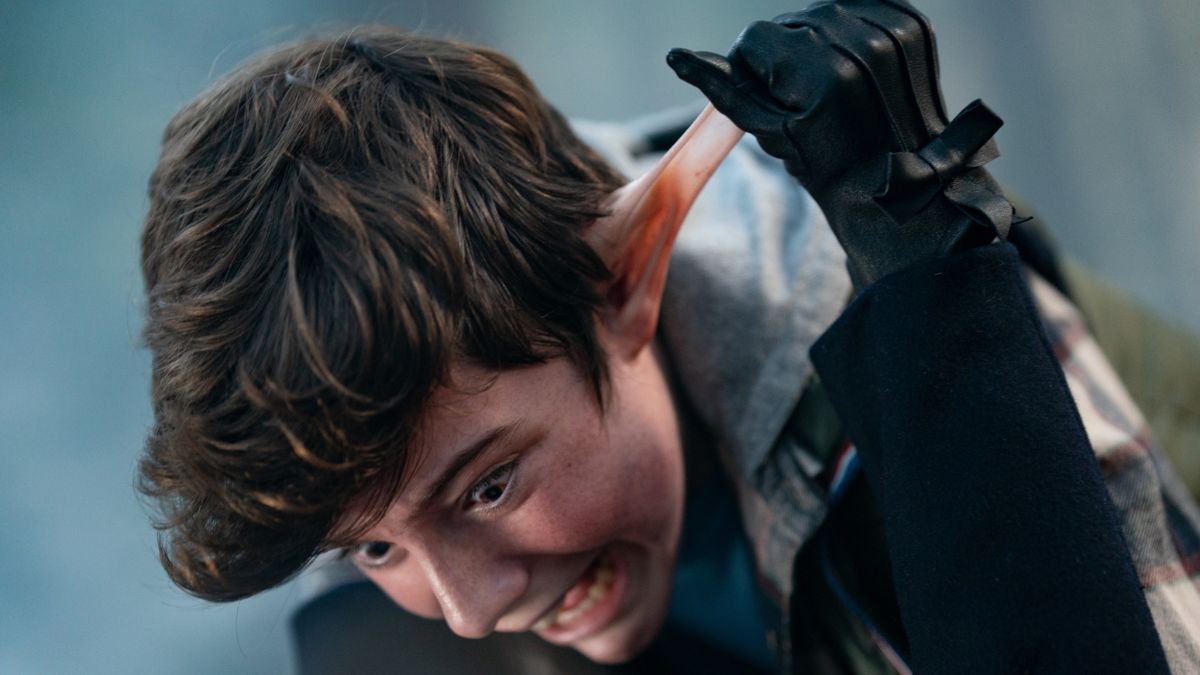
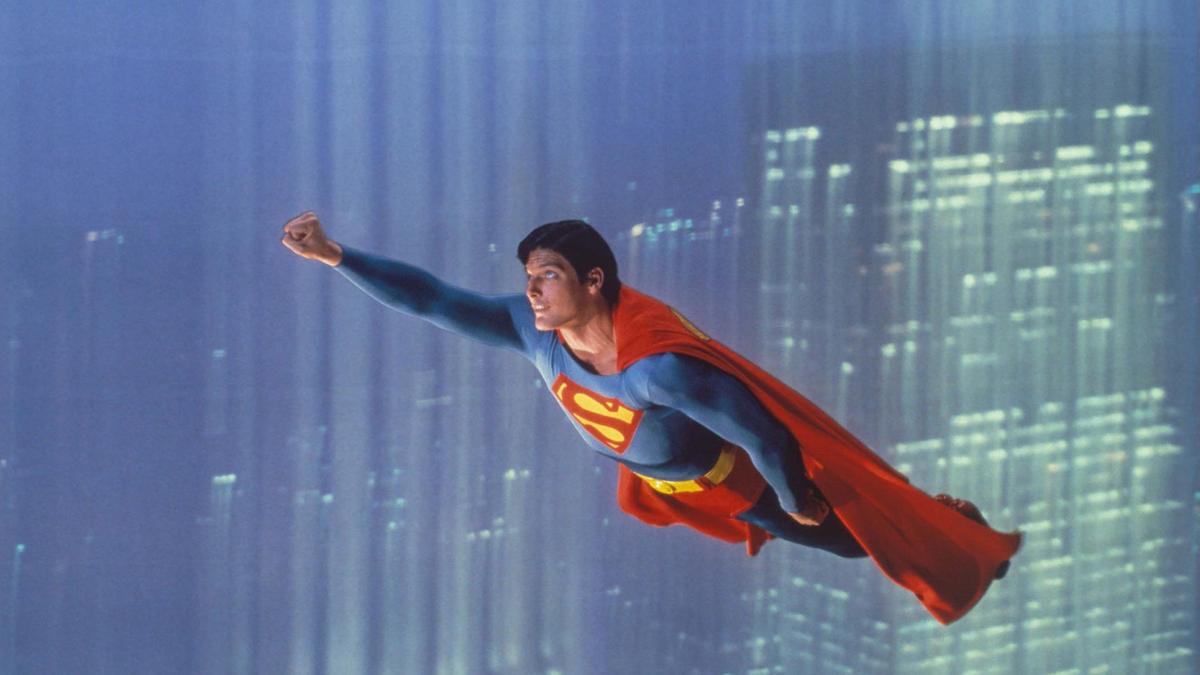
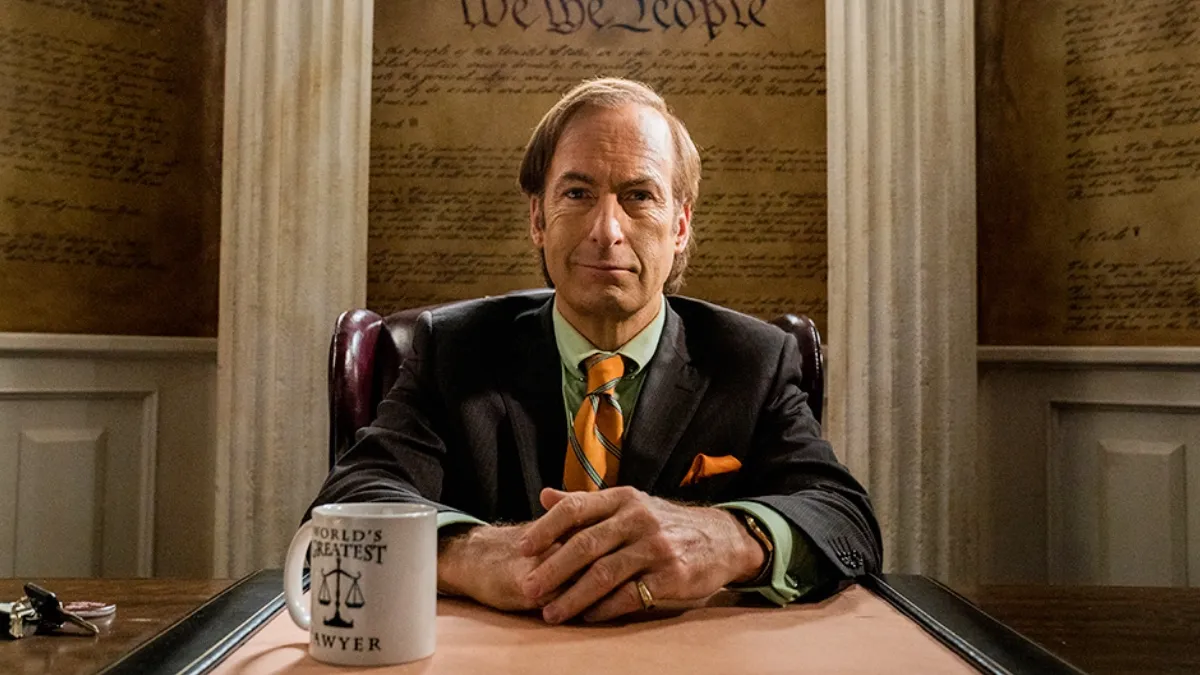
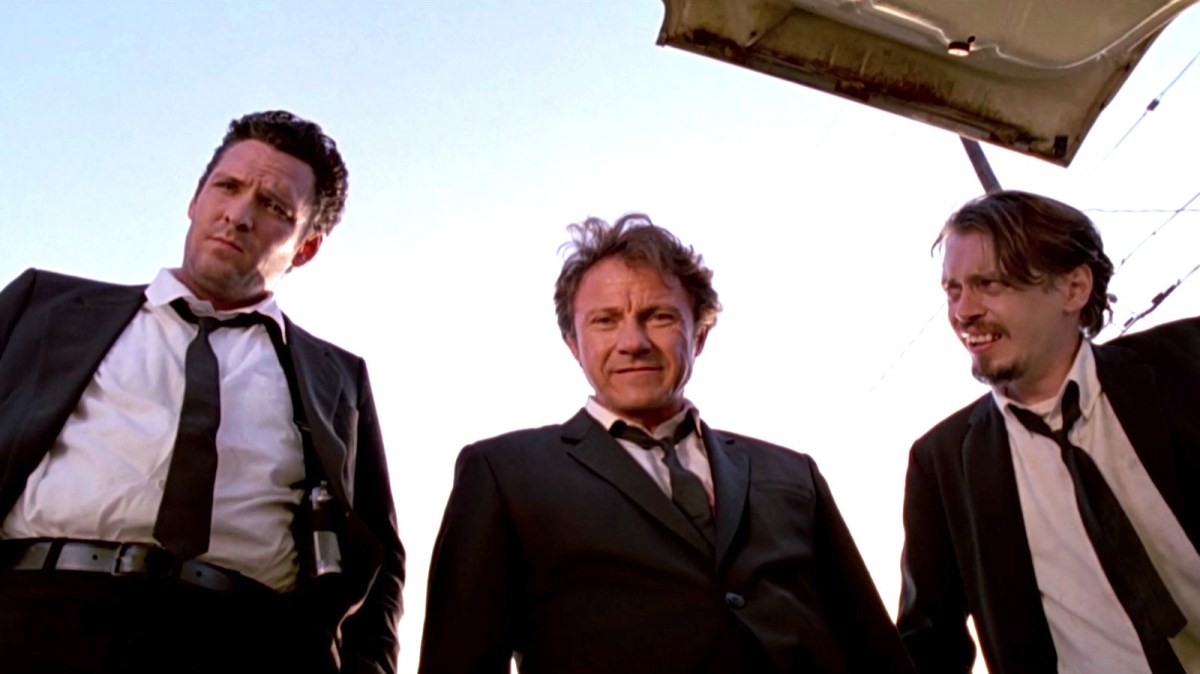
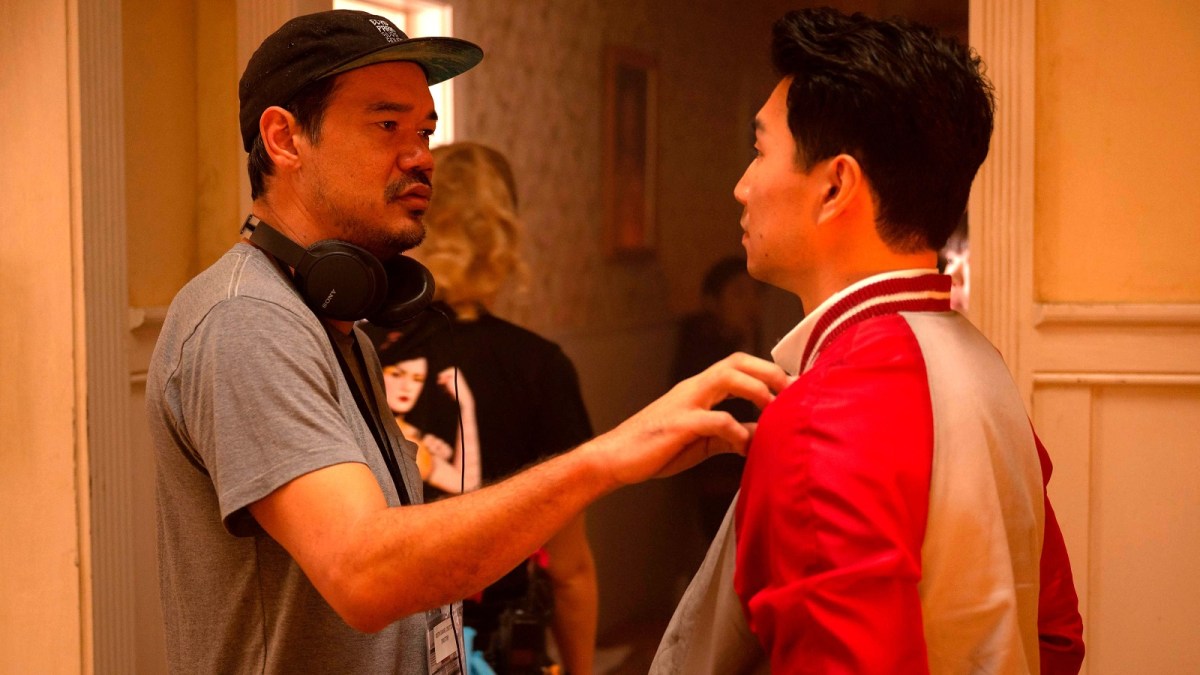
Published: Aug 30, 2015 10:36 am